"Field of olive trees on the rise of Frigolet"
Oil on canvas,
Signed lower right, Numbered "21" and titled on the back on the frame,
Label on the back of the canvas with the title of the work and its inventory number,
Label of the artist's studio with the inventory number, the format and the title of the work,
Beautiful work by the Provençal master Auguste Chabaud which represents a field of olive trees on the rise of Frigolet in Graveson. In the background, we can see the massif called Roque Pied de Boeuf.
This landscape by the Gravesonnais painter is typical of his production with the presence of valleys, olive trees and a winding road.
Thanks to his often pure color palette and his serif, the artist plays on the play of light and contrasts to represent Provence.
Student of Pierre Grivolas at the Ecole des Beaux-arts in Avignon. In 1898, he went to Paris to continue his studies. He attended Cormon's classes as an auditor and attended the Académie Julian and Carrière, where he became friends with the painter Henri Matisse.
Following the agricultural crisis in the South of France, which affected the family property in Graveson, the painter Auguste Chabaud enlisted as a pilot on a cargo ship bound for Senegal and Dahomey in order to support himself.
From 1903 to 1906, he performed his military service in Tunisia. The light and colors of Africa quickly became reminiscent of Fauvism.
From 1906, he exhibited at the Salon des Indépendants and then at the Salon d'Automne, and in 1911, he began sculpting.
In 1913, he was drafted into the First World War. After the conflict, the artist retired to the family home in Graveson.
He continued to exhibit in Paris, notably at the Salon des Tuilleries. At the same time, he published and illustrated various works. From 1920, he began his blue period where he used Prussian blue in its pure state, in which Provence, its interiors and its characters are highlighted.
His works are kept in various museums in France: Aix en Provence, Arles, Avignon, Bordeaux Lyon, Nantes, Montpellier .. and abroad. A museum is also entirely dedicated to him in Graveson.
Dimensions: 50 x 73 cm without frame and 63 x 86 cm with its modern "American box" frame in black wood.
For more information, contact us.





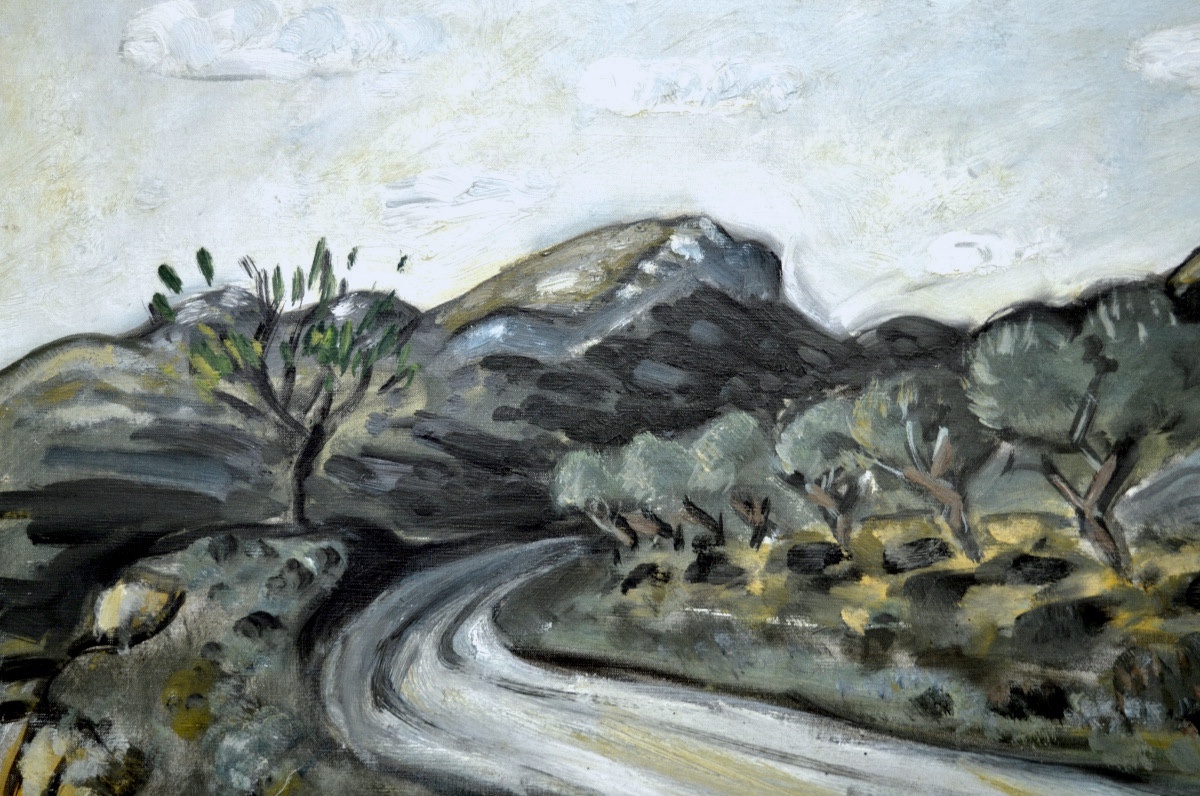
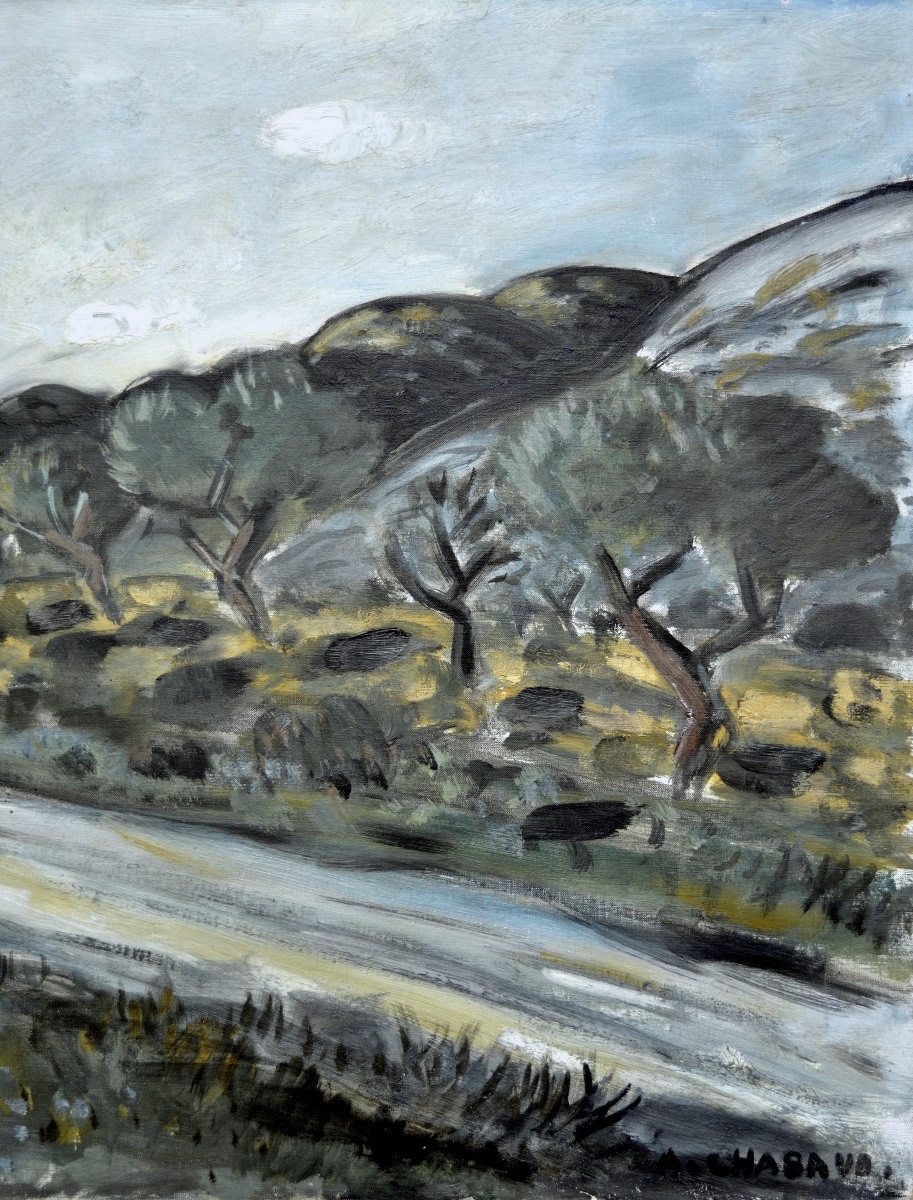

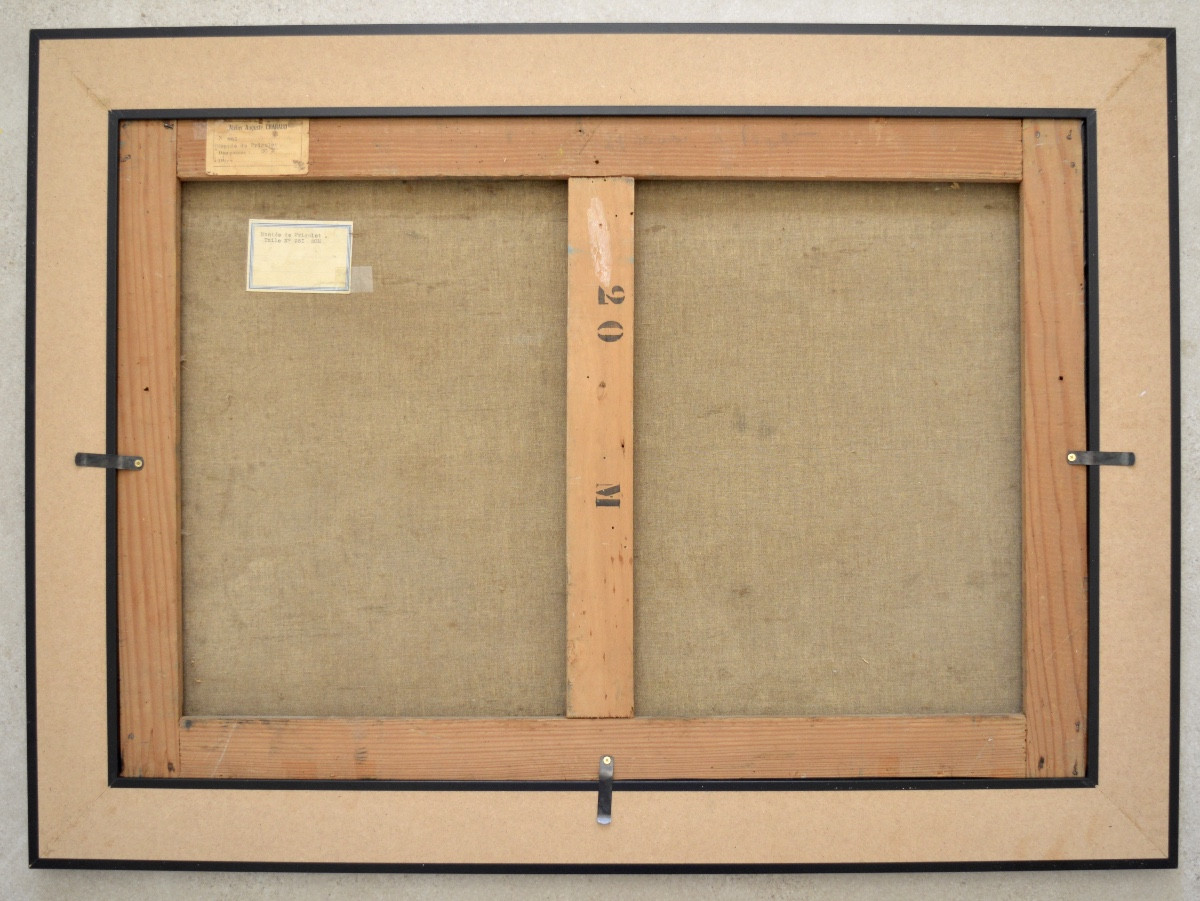
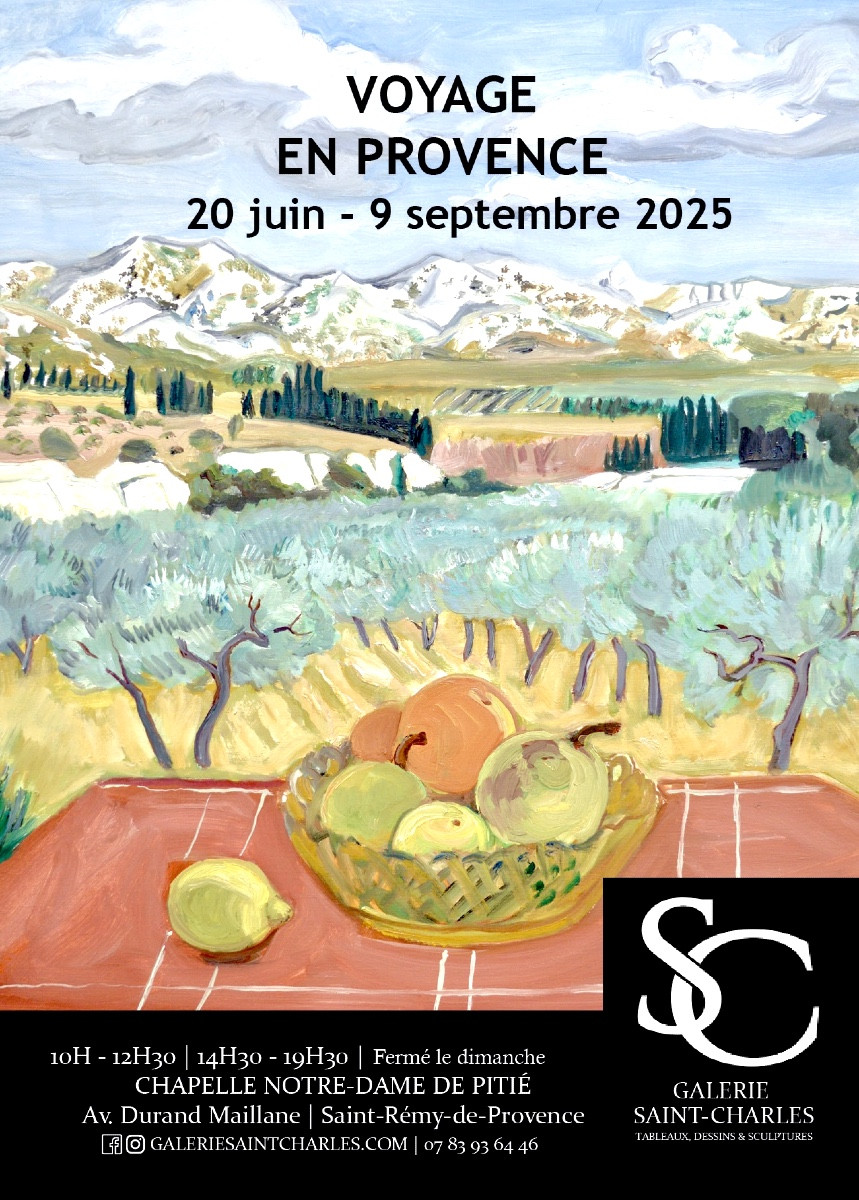
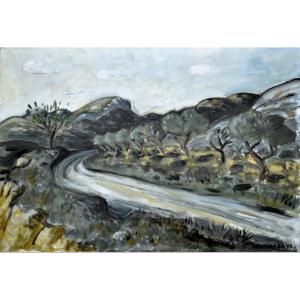











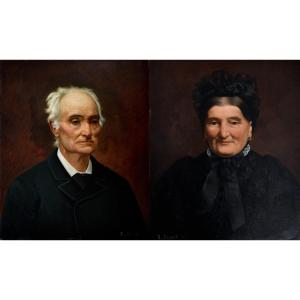
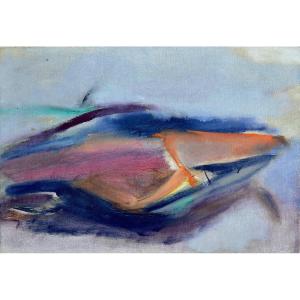



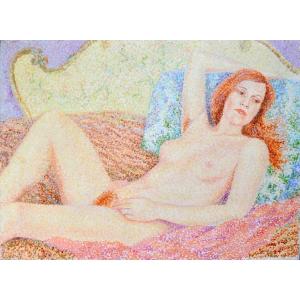
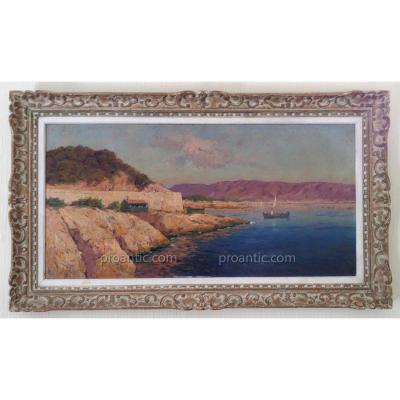
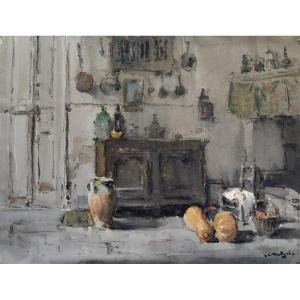
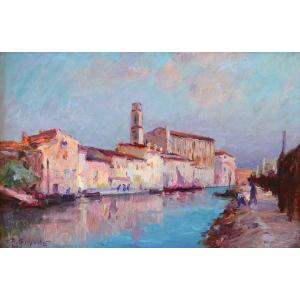











 Le Magazine de PROANTIC
Le Magazine de PROANTIC TRÉSORS Magazine
TRÉSORS Magazine Rivista Artiquariato
Rivista Artiquariato